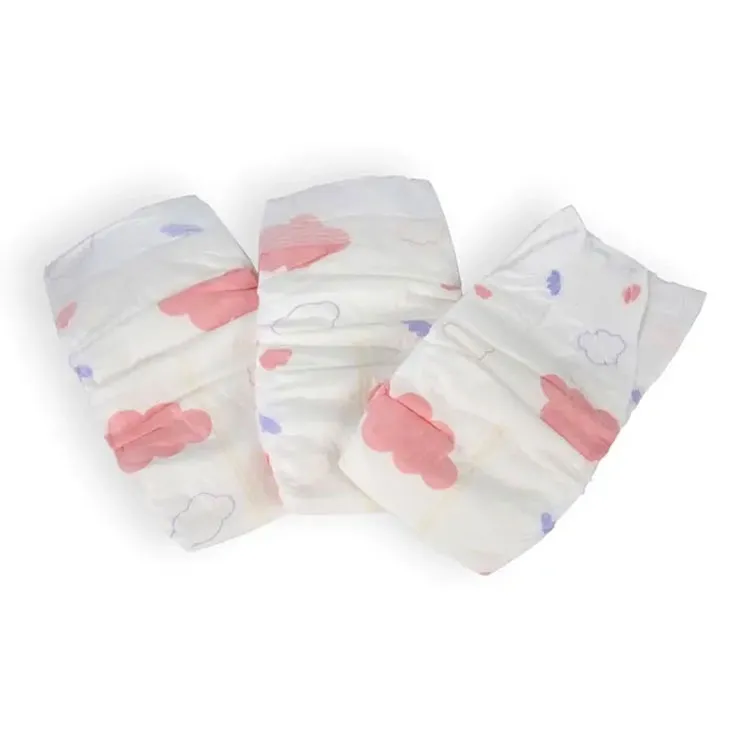The Evolution and Convenience of Disposable Baby Diapers
2024-07-25
Introduction
Disposable baby diapers have revolutionized the world of infant care, offering unparalleled convenience and hygiene for parents and caregivers. Over the decades, these diapers have evolved significantly, incorporating advanced technologies and materials to provide better comfort and protection for babies. In this blog, we will explore the history, development, and benefits of disposable baby diapers, highlighting how they have become an essential part of modern parenting.
A Brief History of Disposable Baby Diapers
The concept of disposable diapers dates back to the mid-20th century. In the 1940s, the first commercial disposable diaper was introduced by Swedish paper company Pauliström. These early versions were rudimentary, consisting of a disposable pad held in place by reusable rubber pants.
The 1960s saw the introduction of Pampers by Procter & Gamble, which revolutionized the diaper industry. These new diapers featured an absorbent core and a waterproof outer layer, providing better leakage protection and convenience. Throughout the 1970s and 1980s, further innovations included the use of superabsorbent polymers, elastic leg cuffs, and resealable tapes, improving the overall performance and fit of disposable diapers.

Technological Advancements in Disposable Diapers
Modern disposable diapers are the result of continuous innovation and technological advancements. Some of the key features that have transformed disposable diapers include:
1. Superabsorbent Polymers (SAPs): These polymers can absorb and retain large amounts of liquid, keeping the baby's skin dry and preventing diaper rash.
2. Breathable Materials: Advanced breathable fabrics allow air to circulate, reducing the risk of skin irritation and promoting a healthier diaper environment.
3. Elastic Waistbands and Leg Cuffs: Elasticized components ensure a snug fit, preventing leaks and providing greater freedom of movement for active babies.
4. Wetness Indicators: Many modern diapers include a wetness indicator that changes color when the diaper is wet, helping parents know when it's time for a change.
5. Hypoallergenic and Eco-Friendly Options: Manufacturers now offer diapers made from hypoallergenic materials and environmentally friendly alternatives, catering to sensitive skin and eco-conscious parents.
Benefits of Disposable Baby Diapers
1. Convenience: Disposable diapers are easy to use and dispose of, making diaper changes quick and hassle-free, especially when traveling or on the go.
2. Enhanced Hygiene: The absorbent core and leak-proof barriers keep the baby's skin dry, reducing the risk of diaper rash and infections.
3. Time-Saving: Unlike cloth diapers, disposable diapers do not require washing, drying, and folding, saving valuable time for busy parents.
4. Improved Comfort: Modern disposable diapers are designed to provide a comfortable fit, allowing babies to move freely and sleep better.
5. Odor Control: Advanced odor control features help keep unpleasant smells at bay, ensuring a more pleasant experience for both babies and caregivers.
Conclusion
Disposable baby diapers have come a long way since their inception, evolving into highly efficient and comfortable products that simplify the lives of parents and caregivers. With continuous advancements in technology and materials, disposable diapers offer unparalleled convenience, hygiene, and comfort for babies. As the diaper industry continues to innovate, parents can expect even better products that cater to the needs of their little ones while promoting a healthier and more sustainable future.


